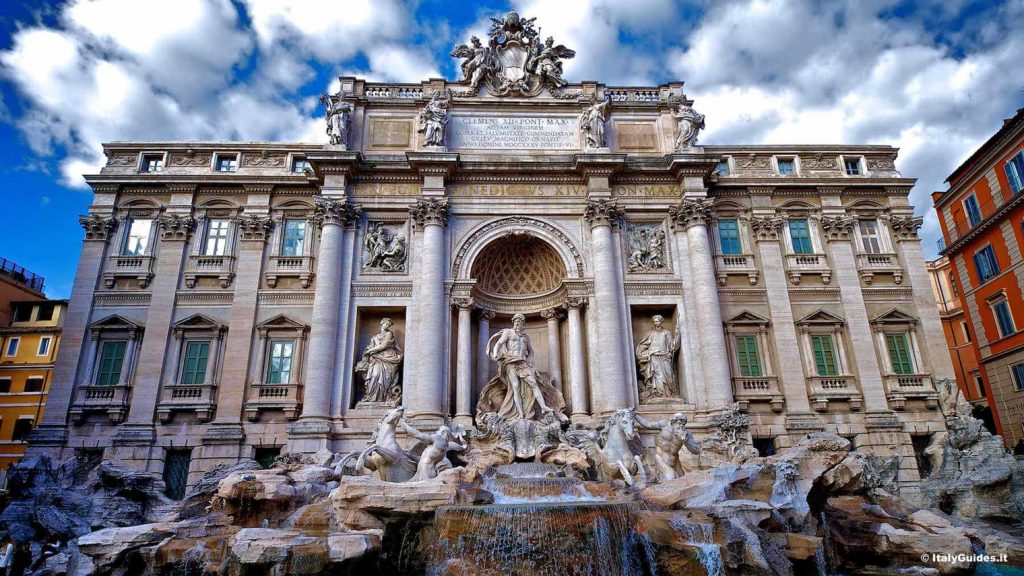What is baroque architecture? When, where and how did baroque style architecture emerge? What are the baroque architecture characteristics? Here is baroque architecture history from A to Z and baroque architecture examples by country:
Contents
What is Baroque Architecture?
The root of the word baroque comes from the Portuguese word barocco, which means “not perfectly round, crooked pearl”. The word baroque, which is still widely used today; It is preferred to express a particular style in various fields such as architecture, music, painting, theater and literature. Baroque art is generally seen in architectural structures.
Note: Don’t forget to read our article about the history of architecture and architectural styles from prehistory to the present!
Baroque Architecture History
When and Where Did Baroque Architecture Emerge?
Baroque architecture originated in Italy in the 16th century. This style, which is connected with show, theater and colors; It took its place in the history of art as a general dynamic architectural movement that spread from Italy to Europe between the 16th and 18th centuries. Most of the art movements that have survived to the present day are born critically of the previous movement. Baroque architecture emerged at the end of the Renaissance architecture period and left its place to Rococo style architecture towards the end of the 18th century.
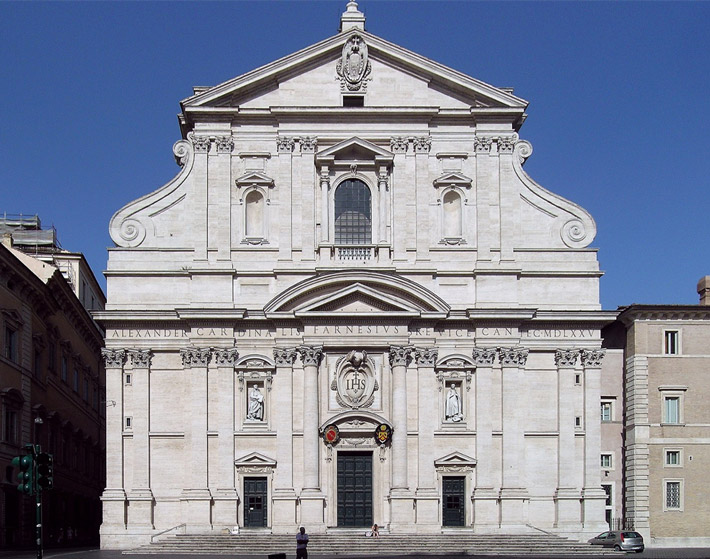
The place where the Baroque style first emerged and developed in architecture is the region in Italy that includes Rome and its surroundings. The first example of Baroque architecture is the Gesu Church, the construction of which was started in Rome in 1568 by the famous architect Giacomo Barozzi da Vignolala (1507-1579). With its curved corner supports connecting the floors, curvilinear lines, protruding double leg structure and light and shadow plays, this church has inspired many churches that will emerge in the future.
Why and How Did Baroque Style Architecture Emerge?
Baroque style architecture emerged in Rome with the idea of turning the public’s attention away from Protestantism and regaining lost souls by the Catholic Church against the ever-growing Protestant movement. During this period, baroque buildings were used as a propaganda tool of the church. These structures shaped around Rome and the Papacy; It has been presented to the society as a way of salvation with an understanding that aims to strengthen the Christian spirit again. By combining the act of going to church with a different experience, it is aimed to reinvigorate unconditional trust and belief in the Catholic Church. While doing this, Catholic symbolism was adhered to. In this sense, the most well-known building in the world is the Basilica of San Pietro in the Vatican, built by Giovanni Lorenzo Bernini (1598-1680).
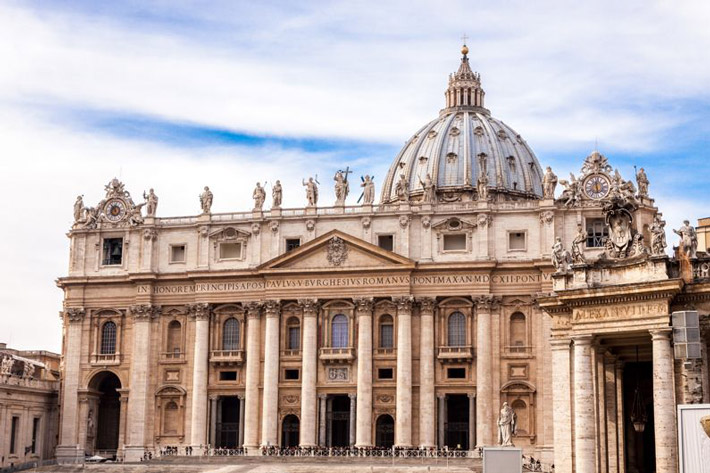
Baroque architecture has positioned itself as a stance against the Renaissance on the basis of artistic thought. In the 16th century, European countries started to develop along with colonialism, and with this development, a visible change in the styles of the artists came to the fore. Artists have started to create more enthusiastic and magnificent works.
It also gained importance in the landscape during this period, and as of the 17th century, it took its place in the history of architecture as a new and interesting style. In the same period, the reflection of Baroque architecture in Europe; It was with the magnificent palaces built by the mighty princes of the period to show the power of the kingdom.
This movement has been very effective on shaping the nature as well as the splendor of the buildings. Magnificent statues, fountains, huge gardens, ornate and eye-catching halls, murals, paintings on gods and mythology are the prominent elements of the baroque period. The most popular Baroque Palace of the 17th century, which contains all these features, is the world-famous Palace of Versailles in Paris.
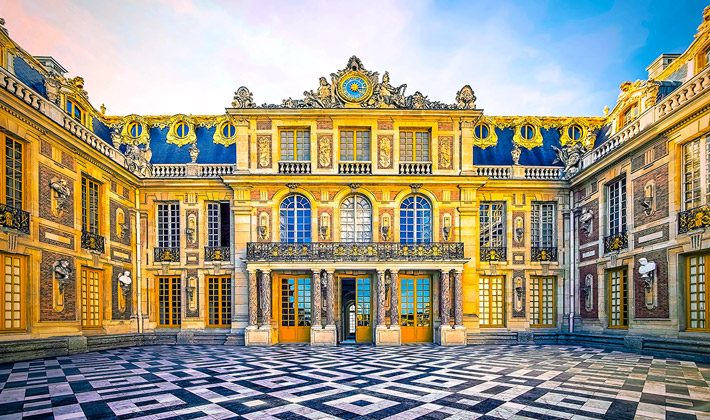
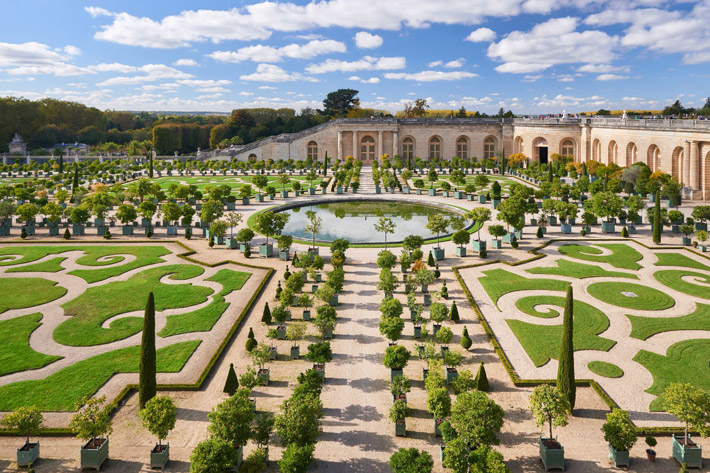
Baroque Architecture Characteristics
The most striking building types in Baroque architecture are churches and palaces. Baroque architecture changes the classical form of traditional elements such as columns, arches, triangular pediments, friezes, using creative and strange ways. The pediments above the doors and windows are usually in the form of a semicircle or triangle. Baroque architecture characteristics are briefly as follows:
- Facades with curved walls
- Wide naves with oval and half medallion forms in religious places
- Unfinished or intentionally left unfinished architectural elements
- Detailed interiors, concave and convex surfaces outdoors
- Large ceiling frescoes
- Magnificent paintings with mythological figures
- Dramatic use of light, strong light and shadow effect
- Intense use of colors and rich embellishments
- Wooden figures mostly covered with gold
- An inner shell decorated with paintings, sculptures and stucco on the inside
- Blending painting and sculpture and visual illusions with illusory effects
- Plague Pillars erected to commemorate the end of the plague epidemic
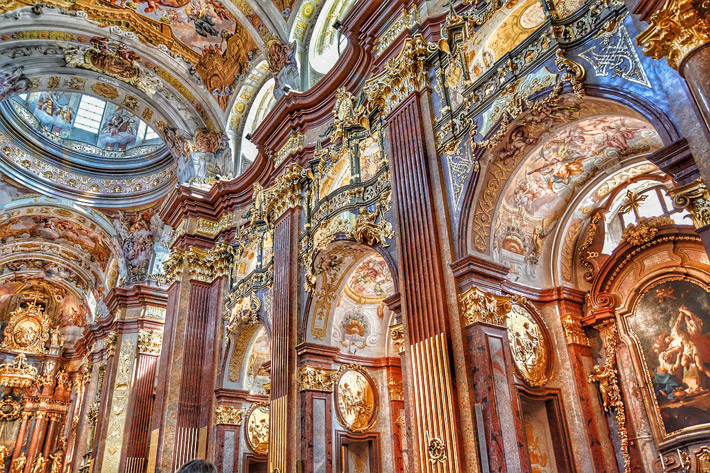

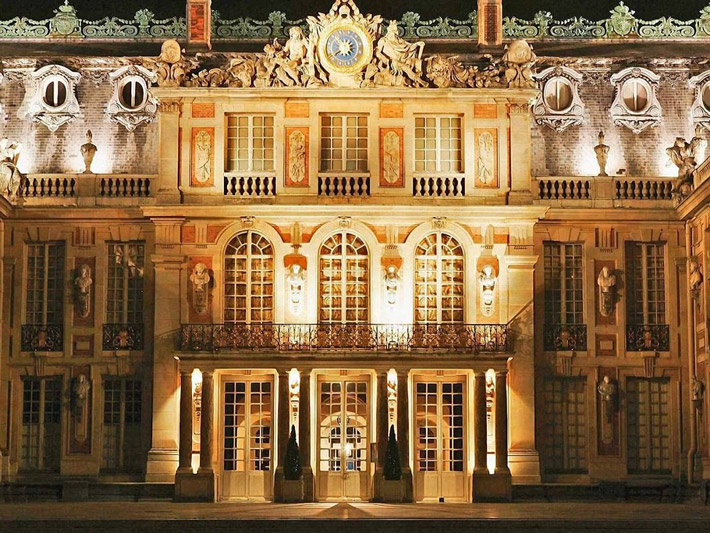

Baroque Architecture Examples by Country
France:
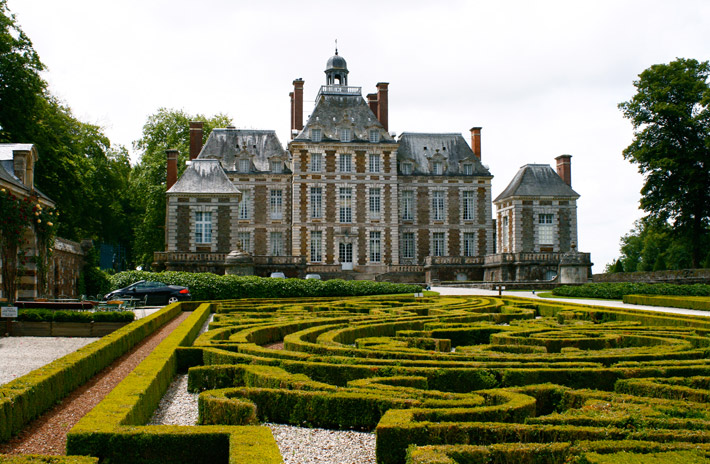
Contrary to the religious focus in Italy, the primary purpose of Baroque architecture in France was King XIV. It was to glorify Louis and his power. The French monarchy and the wealthy elite used Baroque architecture to build castles, mansions, and palaces. Landscape architects, interior designers and architects began to work together, thanks to ornate gardens and interior designs.
England:
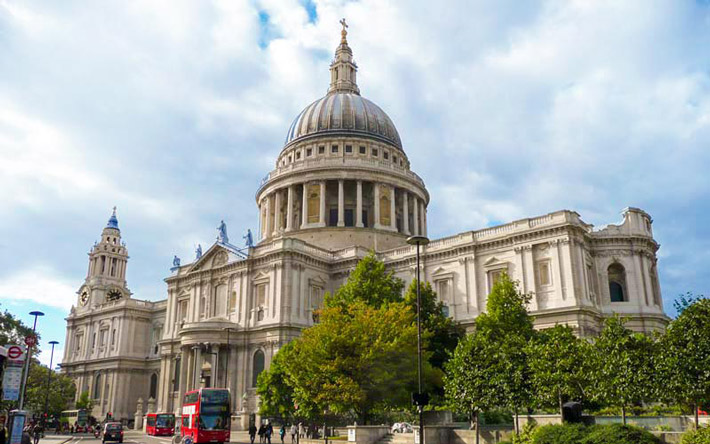
The transition to the baroque style in Great Britain has been rather slow. It was adapted in less exaggeration by Sir Christopher Wren (1632-1723), influenced by French architects. St Paul’s Cathedral in London is one of the best-known examples of baroque architecture in England.
Bohemia:
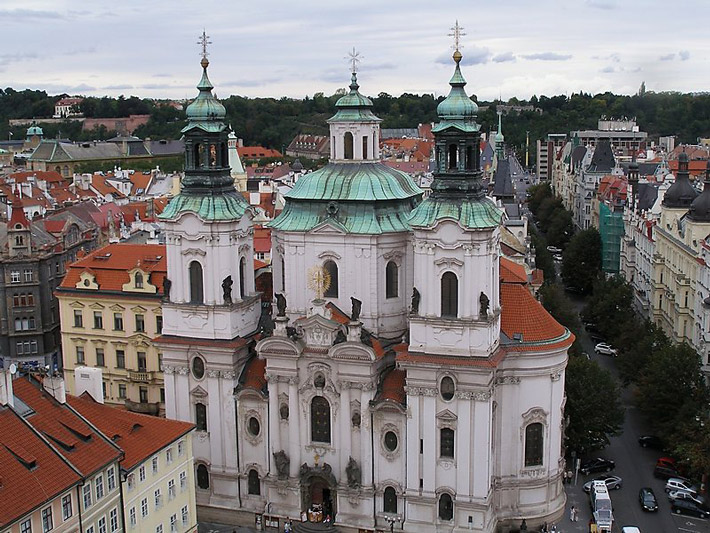
Bohemia as it was called at that time, that is today’s Czechia and Slovakia region; This new Catholic approach, baroque architecture, was adopted in a very short time. Wealthy nobles invited Italian architects to their domains and pioneered the formation of the regional style known as the Bohemian Baroque. One of the most important works of the region is the church of St. Nicolas in Prague.
Spain:
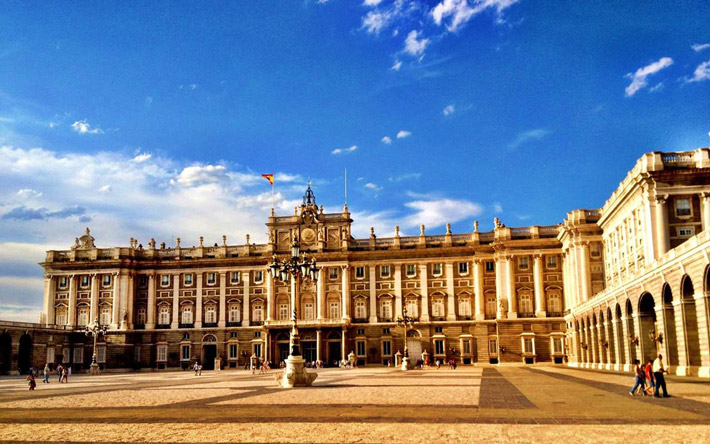
This style, which progressed very slowly in the Iberian region, accelerated with the 18th century. The Churriguereque style, named after an architect family from Salamanca; It appears on carefully decorated surfaces and facades containing carved figures in architecture. It is possible to see many examples of religious and civil baroque architecture in Salamanca, Seville and Andalusia. The most important Baroque monument of the region is the Royal Palace in Madrid.
In this article, we tried to briefly answer the questions of ‘What is baroque architecture‘ and ‘What are baroque architecture characteristics‘. Don’t forget to visit our homepage for inspiration on different topics related to interior design & architecture! 🙂

